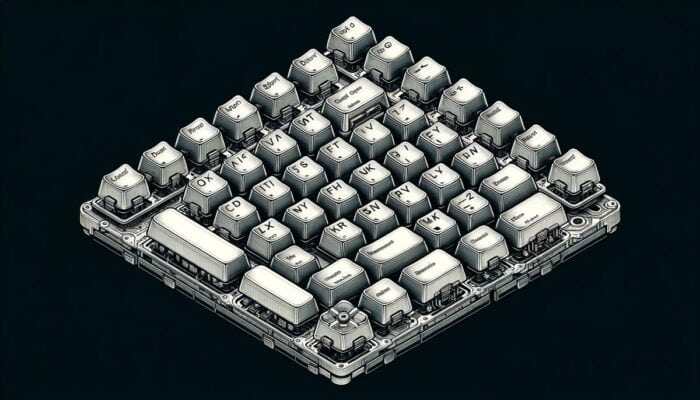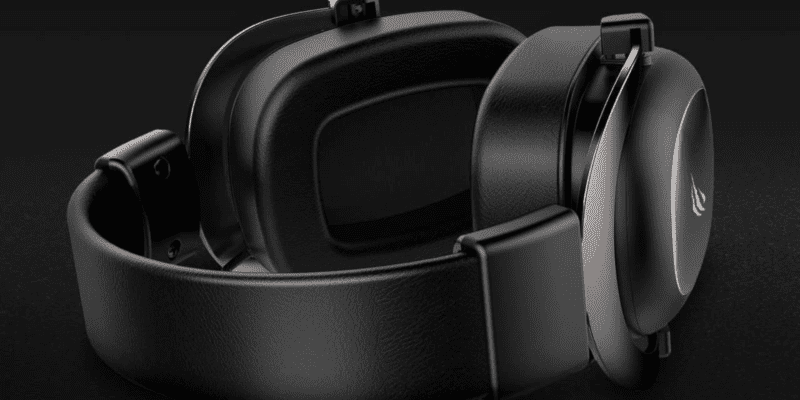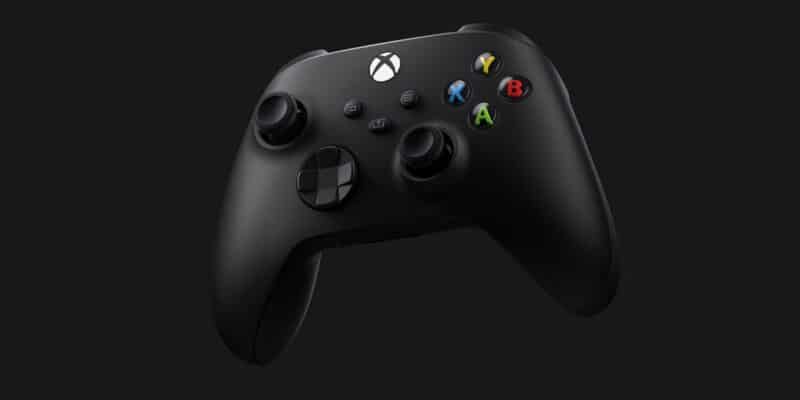Gaming Laptops, Blog
Why Is My Gaming Laptop Dropping Frames? 2 Fascinating Facts That You Should Know About It
Why is my gaming laptop dropping frames? Gaming laptops are a great investment for anyone looking to be able to play games on the go. However, there are a few things that you need to know about gaming laptop before you buy one.
The first problem that we will be covering is frame rate dropping. A common issue that many gamers experience is frame rate dropping, which can be very frustrating. Want to know why it’s happen, read this article until end to know more about why is my gaming laptop dropping frames. In this blog, we also have an article about best gmolo metal gaming laptop that you might want to read about it.
Why Is My Gaming Laptop Dropping Frames?
A rapid dip in framerate when the external power adapter is connected in is common during thermal throttling of the CPU at maximum clocking speed and voltage. When the power source is changed, the laptop switches from power-saving mode to performance mode. Furthermore, improper cooling solutions and dust-clogged laptop fans are major causes of FPS drops.
How to Fix Laptop FPS Drop
If you’ve ever had trouble playing games on your computer because it drops frames, then this guide will show you how to fix it.
Disable the whisper more or customize the frame rate
If your laptop has a built-in microphone, it may be picking up noise from nearby fans. Disabling the “whisper mode” will disable this feature, but if you want to fine tune the performance, you can turn off the frames per second (FPS) setting. This will allow you to set the maximum FPS at 60, which should give you smoother gameplay.
Remove laptop battery and run on AC
If your laptop has a removable battery, remove it from your computer and plug it into the wall. This will drain the battery and cause it to stop charging. Then, turn off your computer and wait for it to charge again.
Test your charger Alter or try it on another laptop of same model
If your laptop has a USB port, plug it into your computer and see if it charges. If not, check the power adapter’s voltage output. It should be between 12V and 15V. If it’s lower than that, then you’ll need a new one.
If your charger works fine at home but doesn’t charge your laptop at school, try a different electrical socket. Some laptops may only charge from certain types of sockets. The best way to find out which ones they are is by looking online.
Try altering the power management setting
If you’ve got a laptop with a dedicated graphics card, it might be worth trying out different power settings. The default “Balanced” mode will try to keep your computer running at maximum performance without burning through too many watts. But if you’ve got an older machine with integrated graphics, this could cause problems. Switching to “Power Saving Mode” may give you better battery life but will reduce the performance of your GPU.
Make sure laptop cooling is working fine
If you notice your laptop running hot, it may be because your computer has overheated. This could happen if your laptop fan isn’t working properly or if dust has built up inside your laptop. Opening the case and cleaning it out will help clear away any debris and get rid of excess heat.
Fix FPS drop caused by bad cooling
Many gamers have experienced FPS drops due to their PC’s lack of sufficient airflow. In some cases, this can mean replacing the entire graphics card assembly—but if you don’t have much money, there’s no reason to throw good money after bad.
Try turning down the resolution
If the game is still causing your system to slow down, chances are it’s a problem with the graphics card. You can limit the amount of memory the graphics card uses, which will make it perform slower but use less electricity overall.
Related Articles For You!
- You may like: Why Gaming Laptops Are Better Than Desktops? 6 Superb Reasons Why It Better Than Desktops
- You may enjoy this article about: Why Gaming Laptops Are Good? 4 Superb Reasons Why It Is Good To Have Gaming Laptop
Our Latest Posts:
Was this helpful?
I’m Roselyn T., a self-proclaimed tech geek on a mission to unravel the wonders of the digital realm. As a dedicated reviewer of computers and laptops, I share my insights and expertise on the latest tech trends and innovations on my blog, workrift.com. With a passion for demystifying the tech landscape, I not only offer in-depth reviews but also provide practical tips to navigate the ever-evolving world of technology. I’m also an author of the book “AP Computer Science A Premium, 2024: 6 Practice Tests + Comprehensive Review + Online Practice (Barron’s AP)” which is sold on Amazon. Join me as we explore the exciting intersection of form and function in the realm of gadgets and gear.







